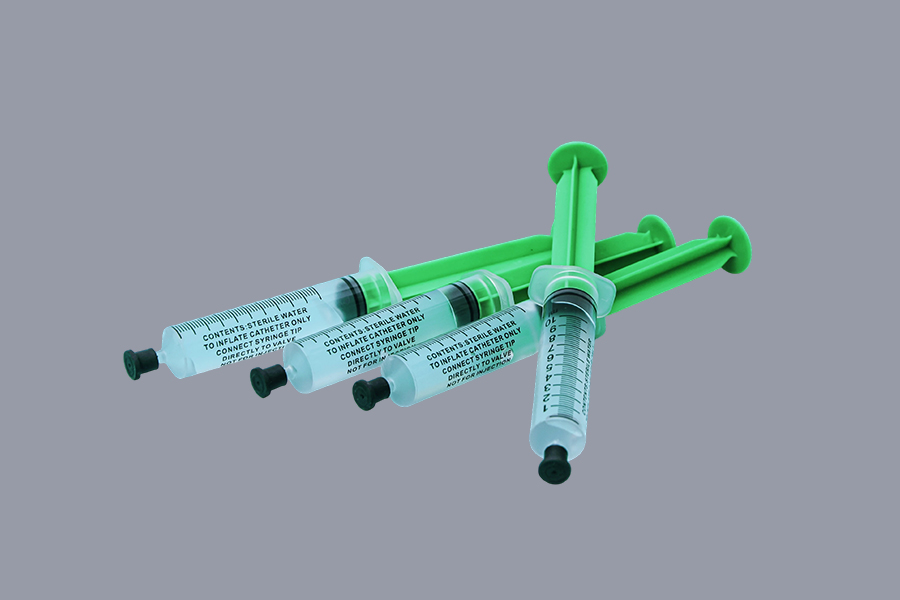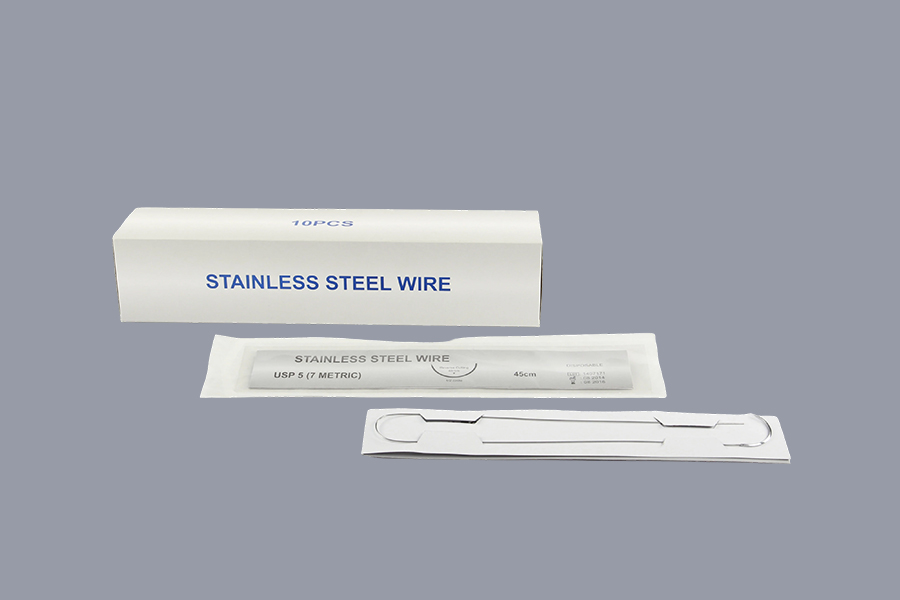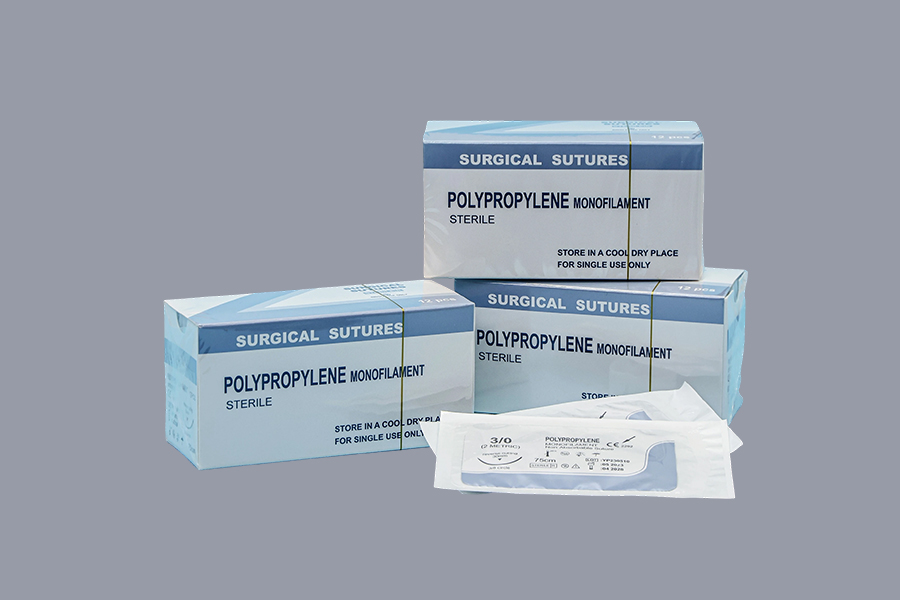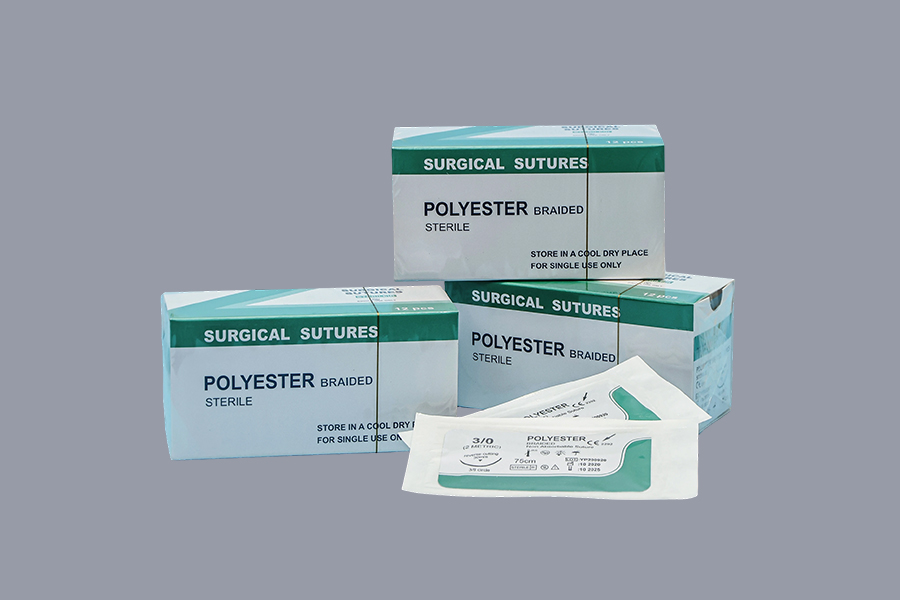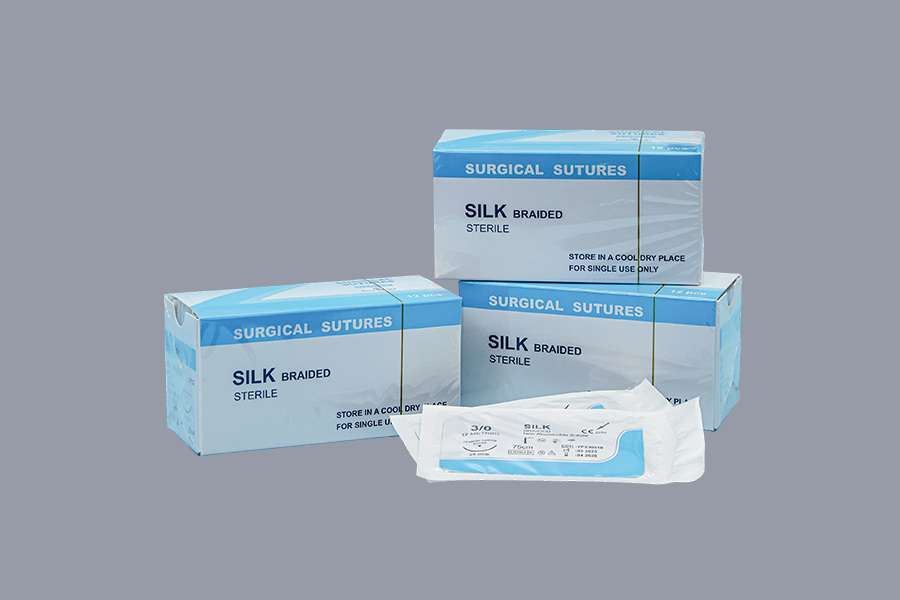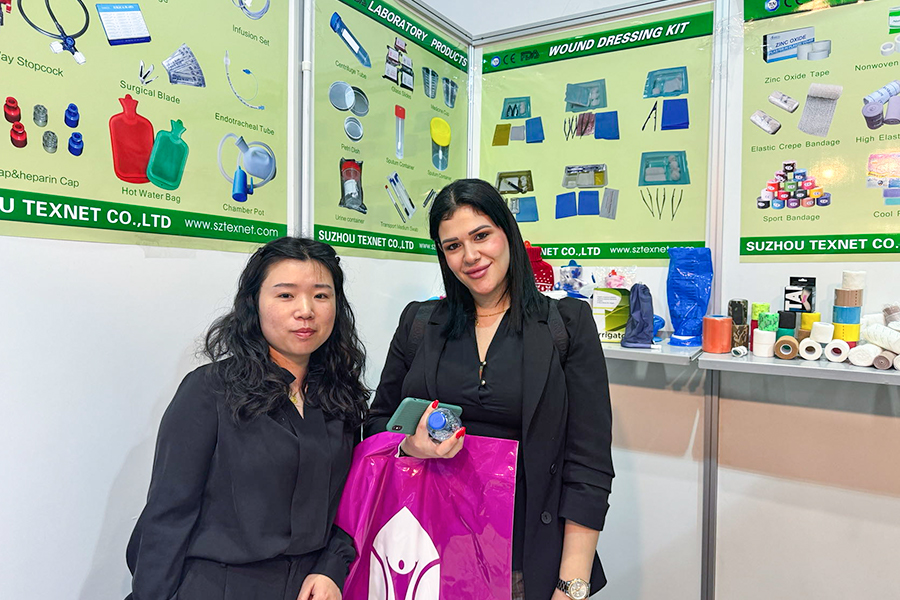
- Bandages
- Medical Tapes
- Cotton Products
- PPE Products
- Urology&Feeding Products
- Gauzes
- Procedure Kits&Dressings
- Catheters
- Surgery&Nursing
- Surgical Instruments
- Surgical Sutures
- Surgical Needles
- Surgical Blades
- Blood lancets
- Electrosurgical Pencils
- ECG
- Nasal cannulas
- Oxygen masks
- Nebulizer masks
- Venturi masks
- Spirometer
- Syringes
- Infusion sets
- IV cannulas
- Sharp boxes
- Three way Stopcocks
- Heparin caps
- Forceps
- Guedel Airways
- Light covers
- Tourniquet covers
- Lurbricant Jelly
- Lab Consumables
- Oral Care&Cleaning Products
- Sports Support
Medical Isolation Gowns: Essential Features and Benefits
Introduction to Medical Isolation Gowns
Medical isolation gowns are protective garments worn by healthcare professionals to prevent the spread of infections. These gowns are a crucial part of personal protective equipment (PPE) used in hospitals, clinics, and other healthcare environments. Designed to protect both patients and healthcare workers, isolation gowns provide a barrier against bodily fluids, contaminants, and pathogens.
Types of Medical Isolation Gowns
Medical isolation gowns come in several types, each designed for different levels of protection based on the specific needs of the healthcare environment. The most common types include:
- Standard Isolation Gowns: Used for routine procedures where the risk of contamination is low.
- Fluid-Resistant Isolation Gowns: Provide a barrier against liquids, such as blood or other bodily fluids, making them ideal for moderate-risk situations.
- Sterile Isolation Gowns: Used in surgical and sterile environments, offering the highest level of protection against pathogens and contaminants.
Key Features of Medical Isolation Gowns
When selecting medical isolation gowns, several features should be considered to ensure adequate protection and comfort. These include:
- Material: Isolation gowns are typically made from non-woven materials, such as polypropylene or polyethylene, which are designed to resist penetration by liquids and pathogens.
- Coverage: Gowns should provide full body coverage, including the back and arms, to prevent contaminants from coming into contact with the healthcare worker's skin or clothing.
- Fit: A gown should have a secure, adjustable fit, often with tie closures or hook-and-loop fasteners, to ensure the gown stays in place during use.
- Breathability: While providing a barrier against contaminants, medical isolation gowns should also be breathable to ensure comfort during extended wear.
Choosing the Right Isolation Gown for Your Needs
Selecting the right medical isolation gown depends on the risk level of the procedure being performed, the level of exposure to bodily fluids, and the overall environment. Consider the following factors:
- Risk of Exposure: For low-risk procedures, a standard isolation gown may suffice. For high-risk environments or surgical settings, a sterile, fluid-resistant gown is necessary.
- Procedure Type: Gowns for use in surgeries or invasive procedures should provide maximum protection against contamination, while those for general patient care may require less coverage.
- Regulatory Compliance: Ensure that the gowns meet industry standards and regulations, such as those set by the FDA or the CDC, to ensure effectiveness and safety.
Proper Use and Disposal of Isolation Gowns
Proper use and disposal of isolation gowns are critical to maintaining infection control and preventing cross-contamination. Key guidelines include:
- Donning and Doffing: Ensure that the gown is put on and removed correctly, following established procedures to avoid contamination. Wash hands thoroughly before and after handling the gown.
- Disposal: Disposable isolation gowns should be disposed of in designated biohazard waste containers after use. Reusable gowns should be properly laundered before being reused.
- Storage: Store isolation gowns in a clean, dry area to prevent contamination before use.
Conclusion
Medical isolation gowns are an essential component of infection control in healthcare settings. Understanding the different types, key features, and proper usage guidelines will help healthcare workers make informed decisions about which gowns to use in various clinical environments. Ensuring the right gown is worn for the appropriate procedure can significantly reduce the risk of cross-contamination and protect both patients and staff.
related products
-
Medical Isolation Gowns: Es...
Introduction to Medical Isolation Gowns Medical isolation gowns are protective garments worn by healthcare professionals to prevent the spread of infections. These gowns are a crucial part of personal protective equipment (PPE) used in hospitals, clinics, and other healthcare environments. Designed ...
-
Types of Surgical Drapes Ex...
Surgical drapes are a critical component of operative infection control and workflow. This article focuses specifically on the different types of surgical drapes, their construction, clinical uses, and practical selection and handling guidance so perioperative teams can choose and use drapes that re...
Copyright © SUZHOU TEXNET CO., LTD.


 English
English Français
Français Español
Español Português
Português عربى
عربى
